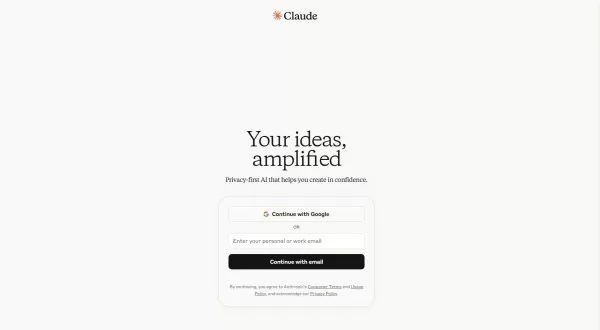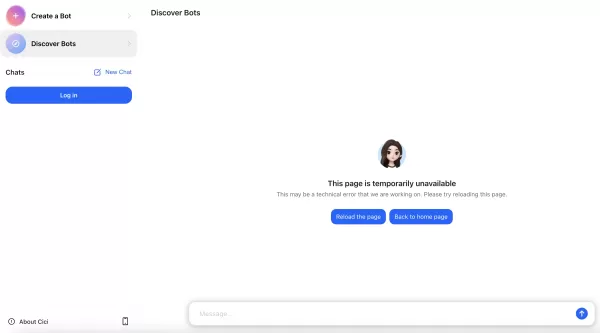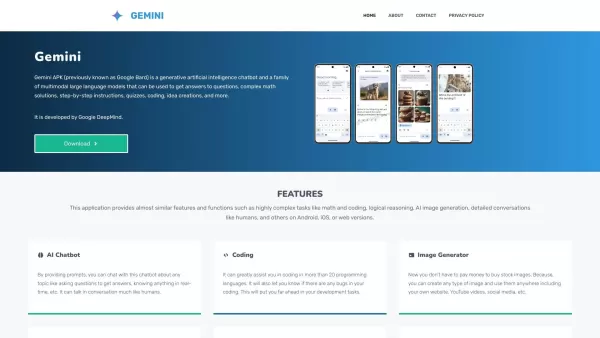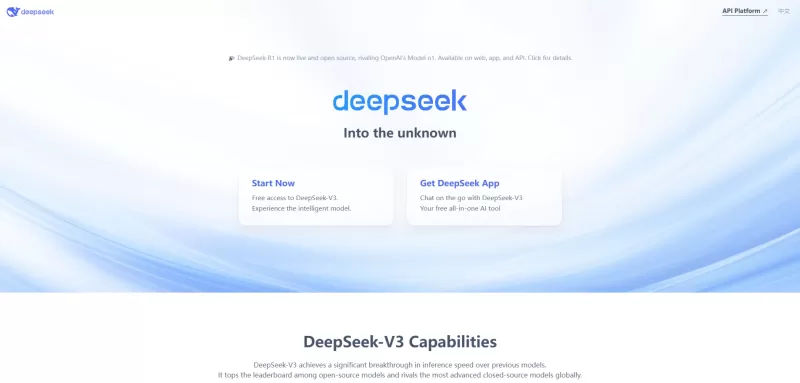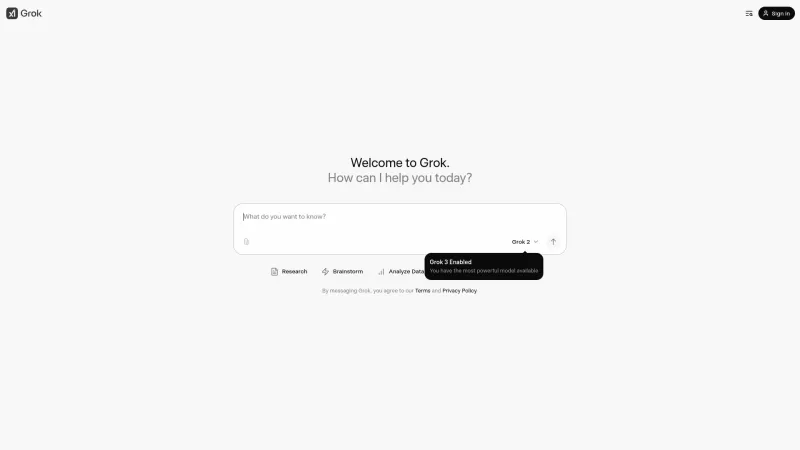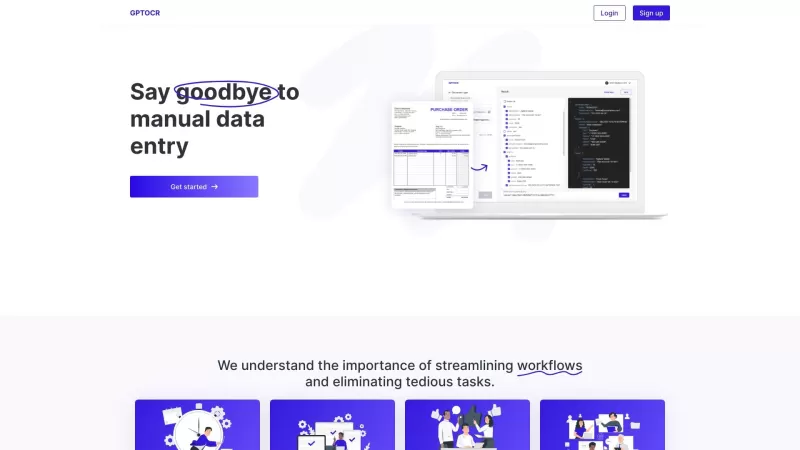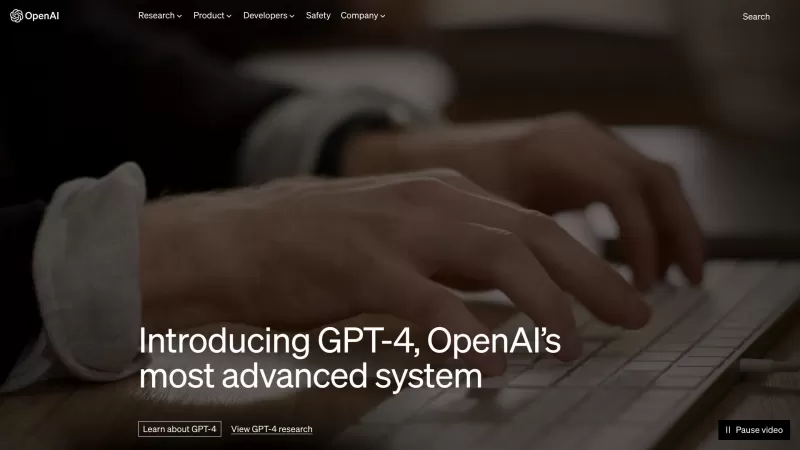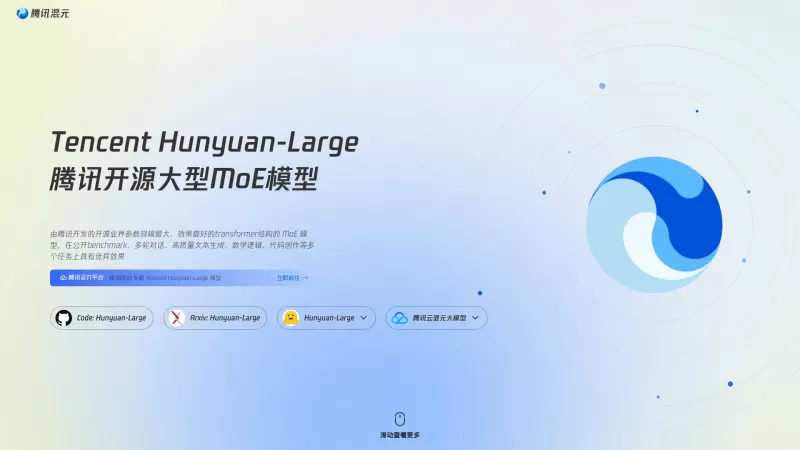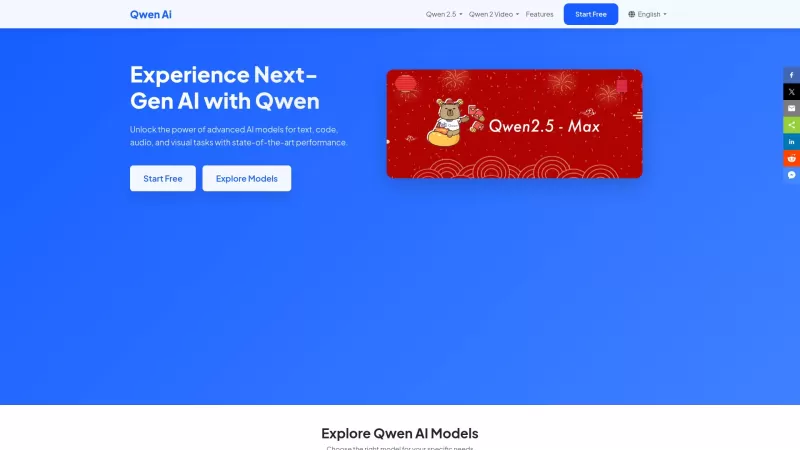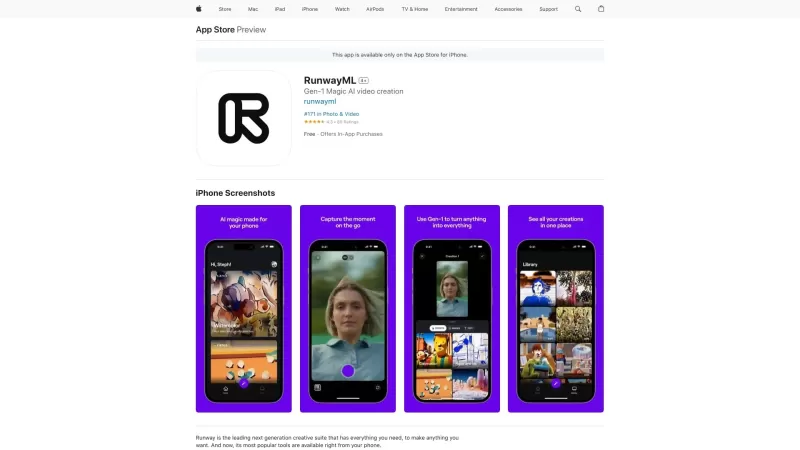Adobe Unveils New Firefly AI Image Models and Revamped Web App
Adobe introduced the latest version of its Firefly AI image generation models on Thursday, including a vector generation model and an updated web app that integrates its AI models alongside select competitors’ offerings. A Firefly mobile app is also in development.
The Firefly Image Model 4, according to Adobe, enhances quality, speed, and control over output structure, style, camera angles, and zoom compared to earlier models. It supports image generation up to 2K resolution. A more advanced version, Image Model 4 Ultra, excels at rendering intricate scenes with fine details and complex structures.
Alexandru Costin, Adobe’s VP of Generative AI, explained that the models were trained with significantly more computational power to produce highly detailed images. He noted improvements in text generation within images and new features allowing users to input reference images to guide the model’s style.
Adobe has also made its Firefly video model, previously in limited beta, widely available. This model enables users to create video clips from text prompts or images, adjust camera angles, define start and end frames, add atmospheric effects, and customize motion design elements. It supports video generation at resolutions up to 1080p.
The Firefly Vector Model generates editable vector artwork, enabling users to create and modify logos, product packaging, icons, scenes, and patterns.
The Firefly web app now provides access to Adobe’s models as well as select image and video generation models from OpenAI (GPT image generation), Google (Imagen 3 and Veo 2), and Flux (Flux 1.1 Pro). Users can seamlessly switch between models, and all generated images include content credentials for attribution. Adobe suggested more AI models may be integrated into the web app later.
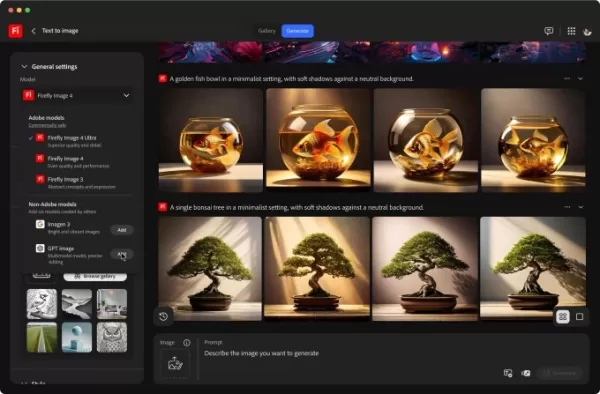
Image Credits:Adobe Adobe is also testing Firefly Boards, a collaborative canvas for ideation and moodboarding. Users can generate or import images, remix them, and collaborate, similar to platforms like Visual Electric, Cove, or Kosmik. Firefly Boards is accessible via the Firefly web app.
Save $200+ on your TechCrunch All Stage pass
Innovate smarter. Grow faster. Network deeper. Connect with leaders from Precursor Ventures, NEA, Index Ventures, Underscore VC, and more for a day of strategies, workshops, and valuable connections.
Save $200+ on your TechCrunch All Stage pass
Innovate smarter. Grow faster. Network deeper. Connect with leaders from Precursor Ventures, NEA, Index Ventures, Underscore VC, and more for a day of strategies, workshops, and valuable connections.
Boston, MA | July 15 REGISTER NOW 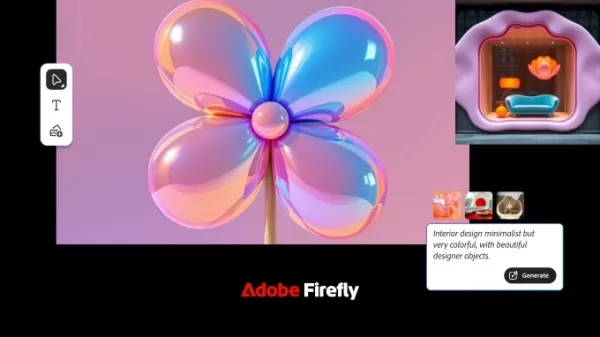
Image Credits:Adobe Adobe plans to integrate these new models into its product lineup soon but has not shared a specific timeline.
Adobe has made its Text-to-Image API and Avatar API generally available, with a new Text-to-Video API now in beta. These are accessible through Adobe’s Firefly Services, a suite of APIs, tools, and services.
Additionally, Adobe is testing Adobe Content Authenticity, a web app that allows users to attach credentials to their work for ownership and attribution via metadata. Users can also specify whether their images can be used for AI model training.
Related article
 Adobe adds more image generators to its growing AI family
Adobe Unveils Two New Generative AI Models Alongside Exciting UpdatesAdobe has just unveiled two new iterations of its groundbreaking text-to-image generative AI model, Firefly Ima
Adobe adds more image generators to its growing AI family
Adobe Unveils Two New Generative AI Models Alongside Exciting UpdatesAdobe has just unveiled two new iterations of its groundbreaking text-to-image generative AI model, Firefly Ima
 Adobe Develops AI Agents for Photoshop and Premiere Pro
Adobe is shaking things up in the creative world by introducing AI agents designed to revolutionize how we use Photoshop and Premiere Pro. In a recent blog post, Ely Greenfield, Ad
Adobe Develops AI Agents for Photoshop and Premiere Pro
Adobe is shaking things up in the creative world by introducing AI agents designed to revolutionize how we use Photoshop and Premiere Pro. In a recent blog post, Ely Greenfield, Ad
 Adobe Unveils Subscription Options for Firefly AI
Adobe is making a big move with its Firefly AI models, launching a new standalone subscription service aimed at tapping into the early buzz around its AI capabilities. This service will give users access to Adobe's AI tools for generating images, vectors, and now, videos.This is Adobe's most ambitio
Comments (1)
0/200
Adobe Unveils Subscription Options for Firefly AI
Adobe is making a big move with its Firefly AI models, launching a new standalone subscription service aimed at tapping into the early buzz around its AI capabilities. This service will give users access to Adobe's AI tools for generating images, vectors, and now, videos.This is Adobe's most ambitio
Comments (1)
0/200
![HarperGreen]() HarperGreen
HarperGreen
 August 16, 2025 at 1:00:59 PM EDT
August 16, 2025 at 1:00:59 PM EDT
C'est impressionnant comment Adobe pousse Firefly encore plus loin avec ces nouveaux modèles ! J'adore l'idée d'intégrer des modèles d'autres entreprises, ça donne plus de choix. Mais franchement, est-ce que ça va pas devenir trop compliqué à gérer ? 😅 J'espère que l'appli mobile sera aussi fluide qu'ils le promettent !


 0
0
Adobe introduced the latest version of its Firefly AI image generation models on Thursday, including a vector generation model and an updated web app that integrates its AI models alongside select competitors’ offerings. A Firefly mobile app is also in development.
The Firefly Image Model 4, according to Adobe, enhances quality, speed, and control over output structure, style, camera angles, and zoom compared to earlier models. It supports image generation up to 2K resolution. A more advanced version, Image Model 4 Ultra, excels at rendering intricate scenes with fine details and complex structures.
Alexandru Costin, Adobe’s VP of Generative AI, explained that the models were trained with significantly more computational power to produce highly detailed images. He noted improvements in text generation within images and new features allowing users to input reference images to guide the model’s style.
Adobe has also made its Firefly video model, previously in limited beta, widely available. This model enables users to create video clips from text prompts or images, adjust camera angles, define start and end frames, add atmospheric effects, and customize motion design elements. It supports video generation at resolutions up to 1080p.
The Firefly Vector Model generates editable vector artwork, enabling users to create and modify logos, product packaging, icons, scenes, and patterns.
The Firefly web app now provides access to Adobe’s models as well as select image and video generation models from OpenAI (GPT image generation), Google (Imagen 3 and Veo 2), and Flux (Flux 1.1 Pro). Users can seamlessly switch between models, and all generated images include content credentials for attribution. Adobe suggested more AI models may be integrated into the web app later.

Adobe is also testing Firefly Boards, a collaborative canvas for ideation and moodboarding. Users can generate or import images, remix them, and collaborate, similar to platforms like Visual Electric, Cove, or Kosmik. Firefly Boards is accessible via the Firefly web app.
Save $200+ on your TechCrunch All Stage pass
Innovate smarter. Grow faster. Network deeper. Connect with leaders from Precursor Ventures, NEA, Index Ventures, Underscore VC, and more for a day of strategies, workshops, and valuable connections.
Save $200+ on your TechCrunch All Stage pass
Innovate smarter. Grow faster. Network deeper. Connect with leaders from Precursor Ventures, NEA, Index Ventures, Underscore VC, and more for a day of strategies, workshops, and valuable connections.
Boston, MA | July 15 REGISTER NOW
Adobe plans to integrate these new models into its product lineup soon but has not shared a specific timeline.
Adobe has made its Text-to-Image API and Avatar API generally available, with a new Text-to-Video API now in beta. These are accessible through Adobe’s Firefly Services, a suite of APIs, tools, and services.
Additionally, Adobe is testing Adobe Content Authenticity, a web app that allows users to attach credentials to their work for ownership and attribution via metadata. Users can also specify whether their images can be used for AI model training.
 Adobe adds more image generators to its growing AI family
Adobe Unveils Two New Generative AI Models Alongside Exciting UpdatesAdobe has just unveiled two new iterations of its groundbreaking text-to-image generative AI model, Firefly Ima
Adobe adds more image generators to its growing AI family
Adobe Unveils Two New Generative AI Models Alongside Exciting UpdatesAdobe has just unveiled two new iterations of its groundbreaking text-to-image generative AI model, Firefly Ima
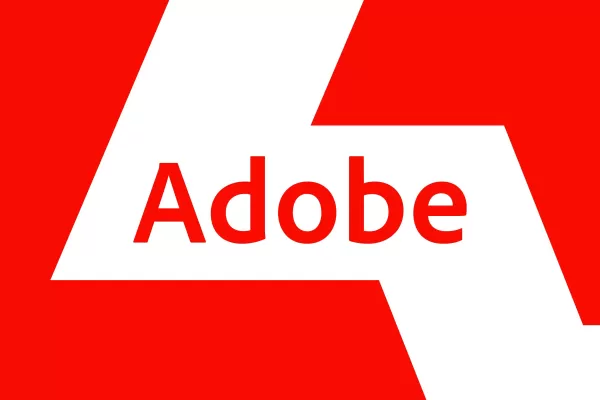 Adobe Develops AI Agents for Photoshop and Premiere Pro
Adobe is shaking things up in the creative world by introducing AI agents designed to revolutionize how we use Photoshop and Premiere Pro. In a recent blog post, Ely Greenfield, Ad
Adobe Develops AI Agents for Photoshop and Premiere Pro
Adobe is shaking things up in the creative world by introducing AI agents designed to revolutionize how we use Photoshop and Premiere Pro. In a recent blog post, Ely Greenfield, Ad
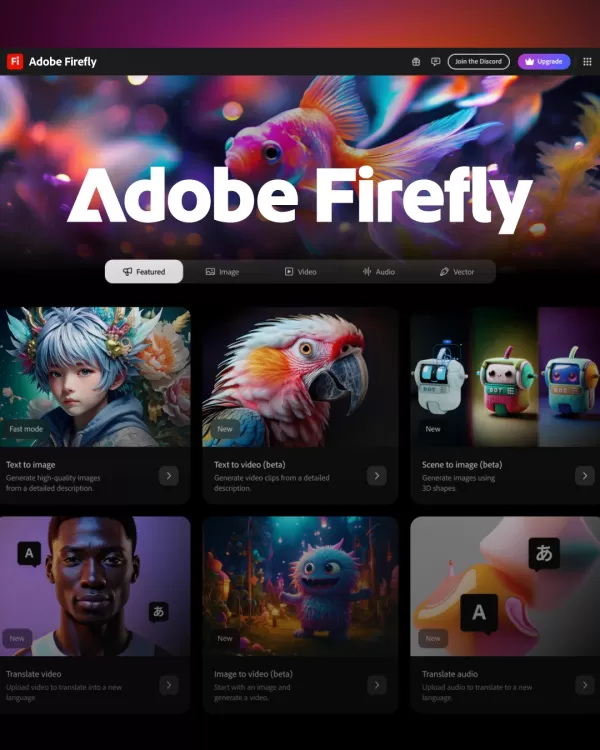 Adobe Unveils Subscription Options for Firefly AI
Adobe is making a big move with its Firefly AI models, launching a new standalone subscription service aimed at tapping into the early buzz around its AI capabilities. This service will give users access to Adobe's AI tools for generating images, vectors, and now, videos.This is Adobe's most ambitio
Adobe Unveils Subscription Options for Firefly AI
Adobe is making a big move with its Firefly AI models, launching a new standalone subscription service aimed at tapping into the early buzz around its AI capabilities. This service will give users access to Adobe's AI tools for generating images, vectors, and now, videos.This is Adobe's most ambitio
 August 16, 2025 at 1:00:59 PM EDT
August 16, 2025 at 1:00:59 PM EDT
C'est impressionnant comment Adobe pousse Firefly encore plus loin avec ces nouveaux modèles ! J'adore l'idée d'intégrer des modèles d'autres entreprises, ça donne plus de choix. Mais franchement, est-ce que ça va pas devenir trop compliqué à gérer ? 😅 J'espère que l'appli mobile sera aussi fluide qu'ils le promettent !


 0
0
